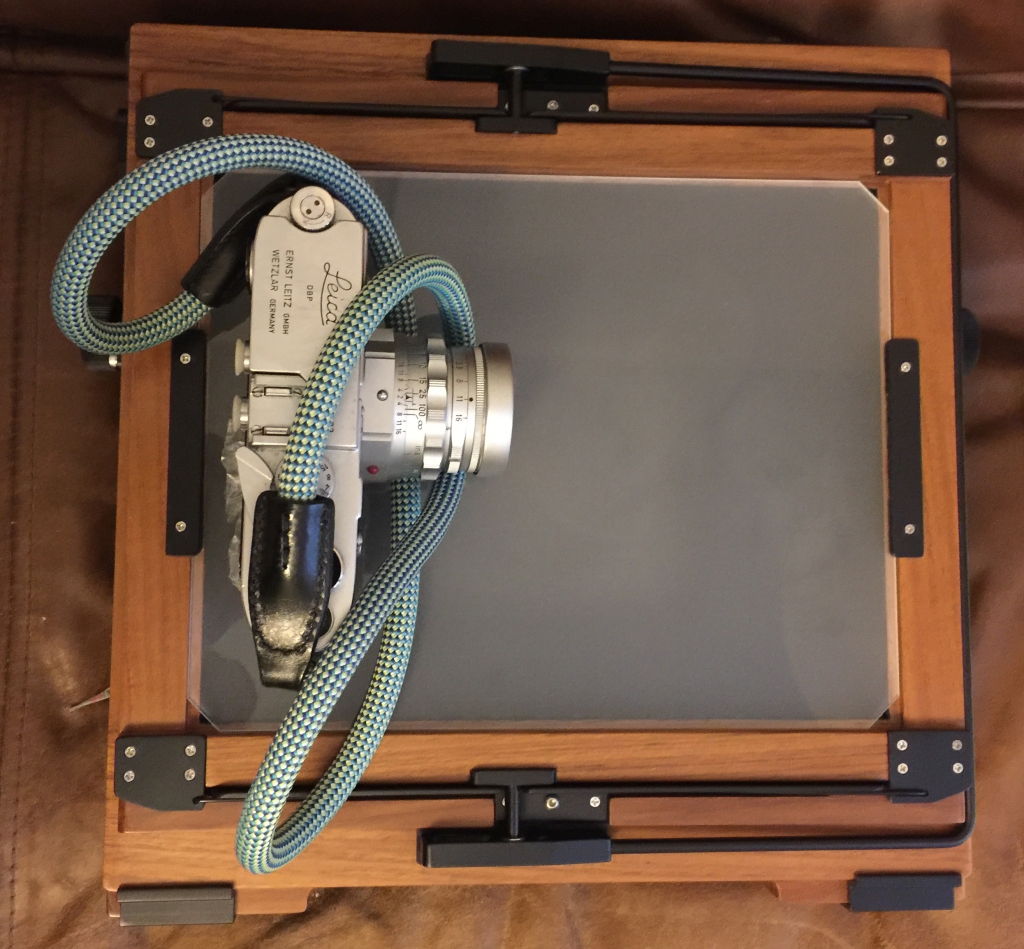Why the Leica M3 is the perfect companion to 10×8
I’ve recently added a Leica M3, with 50mm f/2 dual-range summicron, to my array of film cameras. This is intended to ultimately replace the Hasselblad 500C/M I bought last year to replace my stolen Mamiya RZ67, now that – perhaps the only good thing to happen in 2020 – the latter was recovered and returned to me by the police.

With careful processing and scanning, I’m fairly happy that for my purposes 35mm film on a Leica won’t short-change my results terribly if/when I sell the Hasselblad. Neither camera has a meter so there’s no difference there; I’m generally happy either to use my phone app for everyday shooting or use my Sekonic spotmeter for a specific project or film where I want to be extra-careful; the dual-range is a great lens for the M3 (or any film Leica before the M6TTL), the only practical way of getting closer than a few feet with the Leica system. For more crowded situations, e.g. street photography or wandering around London, having a meter with e.g. an M6 would be more ideal, but at the moment that’s… less of a problem.
Two potential surprises for non-Leica users are size and weight. The Leica bodies are generally even smaller than my Canon A-1, which is pretty small, esp. compared e.g. to a modern DSLR; and perhaps just smaller than e.g. a Sony A7. Second, the M3 is a solid piece of brass, and, with a traditional chrome brass lens, is quite heavy for the size. Not too much of an issue, of course, if you’re used to rather larger equipment…
But the great thing about the M3 is its simplicity. Compared with later electronic film cameras, such as my Canon A-1, it’s light-years easier to use, because it’s so simple. This means it’s also directly comparable, for me, to the pleasure of using large format. The simplicity is the thing – once you get over the terror of the fact that you have to do some (or, with large format, quite a bit of) work because the camera isn’t going to help you with any settings. Even loading/unloading film in the traditional way via the removal take-up spool reminds me of the experience of working with larger cameras, esp. medium-format. It’s certainly not difficult at all, and not time-consuming either (about 60 twiddles between thumb and forefinger to rewind a roll). If you like working with medium-format film cameras there’s no reason why you wouldn’t get on a with a traditional film Leica.
Another thing that I’m pleasantly surprised by is the rangefinder. The M3 is famous in Leica circles for having the largest magnification viewfinder, so it’s great to work with, with a 50mm lens or longer; shorter than this and you’d want to compose with an external viewfinder, but getting focus nailed with the rangefinder is easy. I’m happily surprised by this because my former experience with a Hasselblad XPan II was less favourable – composing was difficult (the rangefinder patch was a bit smaller), and as a panoramic camera it actually didn’t work that well for me for landscapes since I was forever craving more detail. Using the M3 as a walkaround camera is a much more pleasurable experience; forgetting about maximum detail in favour of the opportunities this camera provides is great.
Whether or not I take the M3 with me on 10×8 trips doesn’t really matter – the M3 can work as a scouting camera in more general terms: getting you out more, putting you in contact with the general kinds of subjects you might like to work on 10×8, and keeping the film-photography mind hard at work, and getting results and shots you could never get on 10×8 in a million years anyway. Very highly recommended.





